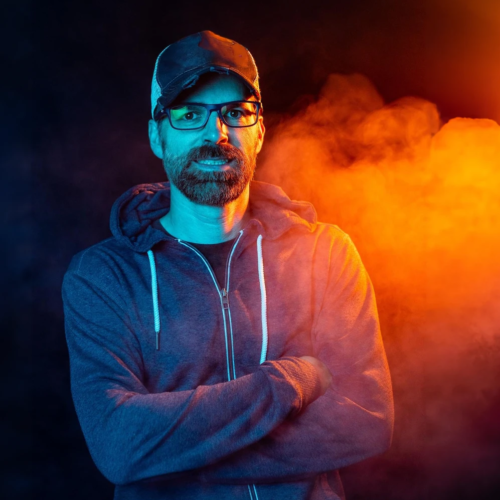Language of Man
Human language, considered the greatest human invention, is at the heart of human consciousness and intelligence. It evolves over time, but more importantly it conglomerates into larger “child languages” as the world becomes more and more connected (or dissolved, depending on how you look at it). English itself is a conglomeration of many parent languages. This process creates “language death” as conglomerate child languages supplant old human parent ones. It is estimated that there have existed at least 31,000 human languages where now only 6000 exist today. Definition of words evolve and take on different meanings and shapes throughout this process. Word meanings can change drastically even in the span of one generation.
The RealBible Project is an ongoing research and translation project with the sole purpose of uncovering the lost “side” of the Hebrew language, as a language that is “living and active.”
Project Research Sources
The following resources are considered some of the most exhaustive for word research, though they have their limits:
- Gesenius: Hebrew & Chaldee (i.e. Aramaic) Lexicon (1846)
- Gesenius Hebrew Grammar, 1813
- Brown-Driver-Briggs Hebrew and English Lexicon (1906). Based upon the work of Gesenius.
- A Hebrew & Chaldee lexicon to the Old Testament by Fürst, Julius (1867), student of Gesenius.
- James Strong’s Exhaustive Concordance (1890)
- Dictionary of Targumim, Talmud and Midrashic Literature by Marcus Jastrow (1926)
Others Used:
- Septuagint (LXX) Interlinear Greek OT (https://studybible.info/interlinear/)
- Perseus Greek Digital Library (http://www.perseus.tufts.edu/hopper/)
- University of Chicago’s Logeion Greek Dictionaries (https://logeion.uchicago.edu/)
יי
About Matthew
The project is led by Matthew Pennock. His journey with Biblical Hebrew began in 2000 when he felt a strong draw to the language. Keenly aware of its hidden power, he embarked on a comprehensive study, culminating in a full self-taught course in Hebrew grammar by 2002. From 2000 to 2016, he dedicated himself to missionary work and church leadership, traveling to and ministering in over 50 countries.
His thirst for knowledge extended to various other languages, including Arabic, Mandarin, Kiswahili, Spanish, German, Polish, and Biblical Greek. He also pursued theological education at a Biblical seminary. However, the prohibitive costs and his dissatisfaction with the inefficiencies prompted him to leave the world of biblical academia. After countless churches shunned him as unconventional or otherwise rejected him, he stepped away from ministry to focus on writing, the theology of sonship, and a deep dive into Hebrew studies.
Subsequently, Matthew recognized the limitations and biases in translation methodologies. He resolved to delve exclusively into the study of Hebrew and Greek. By 2018, he found himself re-translating significant portions of text. This passion led to the inception of the RealBible (RBT) Translation Project aiming at mastery of the biblical language, and understanding everything “shut up” and “forgotten” from time immemorial.
Some of his favorite music includes, Pearl Jam, AC/DC, Guns and Roses, Led Zeppelin, classic rock, and blues. He can also build motorcycles and muscle cars, and spends a lot of time running outdoors.
contact
email: mp@realbible.tech
